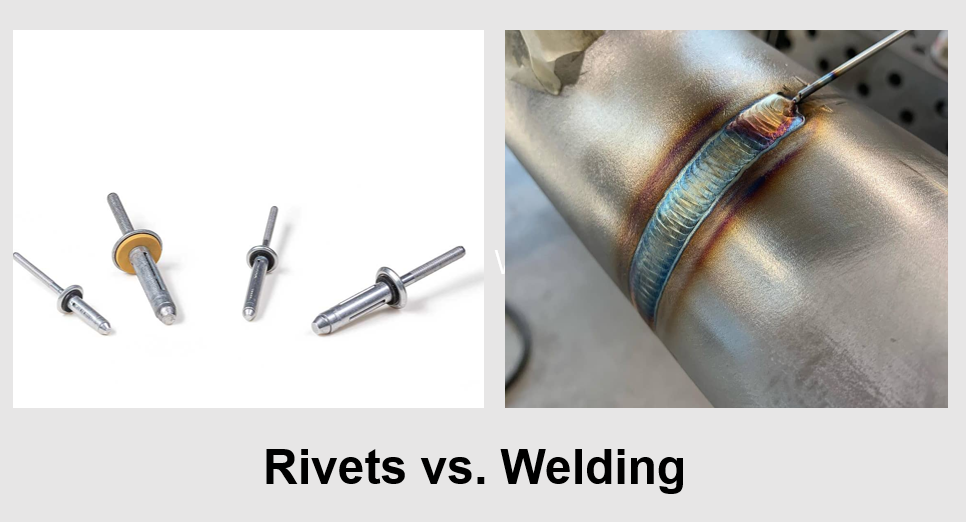
Metal joining remains a cornerstone in construction, automotive assembly, and many other industries. Regarding methods for adhering two pieces of metal together, the spotlight often shines on metal riveting and metal welding. Both methods, each with unique advantages and drawbacks, play pivotal roles in ensuring the structural integrity of assembled parts. As industries evolve, understanding these nuances becomes imperative for architects, engineers, and artisans alike.
This article aims to demystify rivets and welding, exploring their characteristics and situations where one might be more favorable.
Understanding Riveting: The Fundamentals
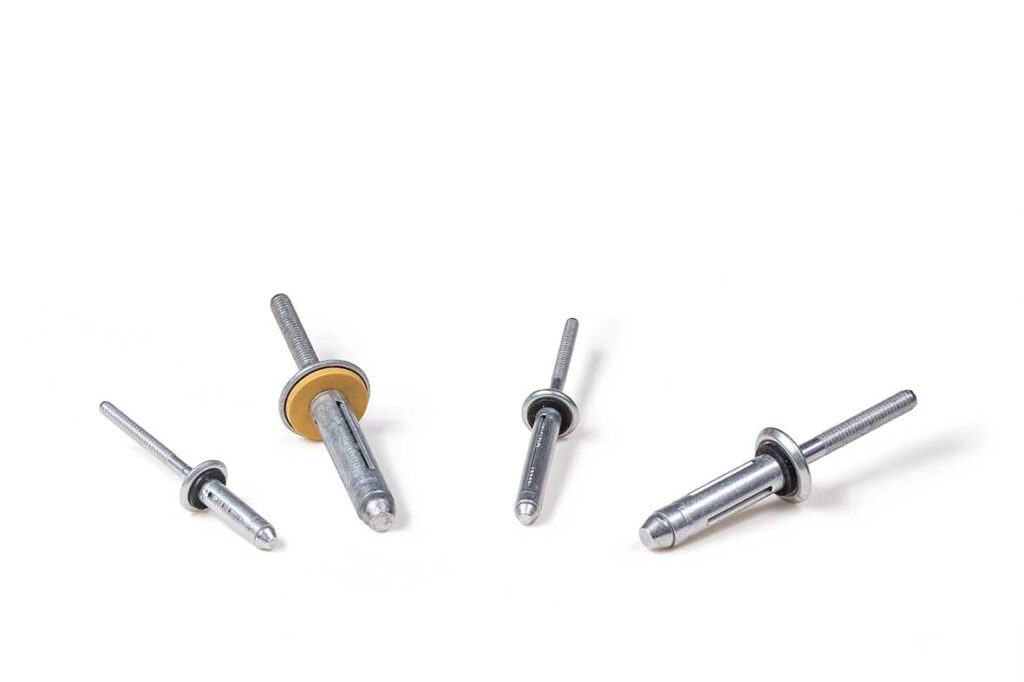
Riveting is an age-old practice with roots deeply ingrained in the history of engineering. The first glimpse of riveting can be traced back to the Bronze Age. The growth and expansion of industries saw riveting play a pivotal role, especially in the 19th and early 20th centuries, during which it was predominantly used in constructing bridges, ships, and even the iconic Eiffel Tower.
At its core, riveting involves joining two or more pieces of metal (or other materials) using a rivet. A rivet is typically a short metal pin or bolt. The process entails the following steps:
- Holes are drilled or punched through the pieces that need to be joined.
- The rivet is then inserted into these holes.
- The protruding part of the rivet (the tail) is then upset (or deformed) to form a permanent bond. This process can be done manually using a hammer or riveting machine.
Table 1: Basic Types of Rivets and Their Features
| Type of Rivet | Description | Typical Use |
|---|---|---|
| Solid Rivet | It is made of solid material and requires deformation of the tail. | Aircraft, structural applications. |
| Blind Rivet | It can be installed from one side. Contains a mandrel. | Inaccessible areas, automotive. |
| Semi-tubular Rivet | The hollowed end is rolled over to join. | Leather work, light metals. |
Riveting offers benefits such as not requiring heat, allowing for slight movement, and being faster than welding in certain applications. This absence of heat preserves the material’s original properties and allows some give in specific applications. Additionally, riveting can be faster than welding for repetitive joining tasks.
Riveting has some limitations to consider. While riveted joints are strong, they may not match the strength of a well-executed weld, especially under certain conditions. Drilling holes for rivets can reduce the material’s strength, and in environments where hermetic sealing is crucial, riveted joints may not be as effective as welded ones.
Diving into Welding: The Basics
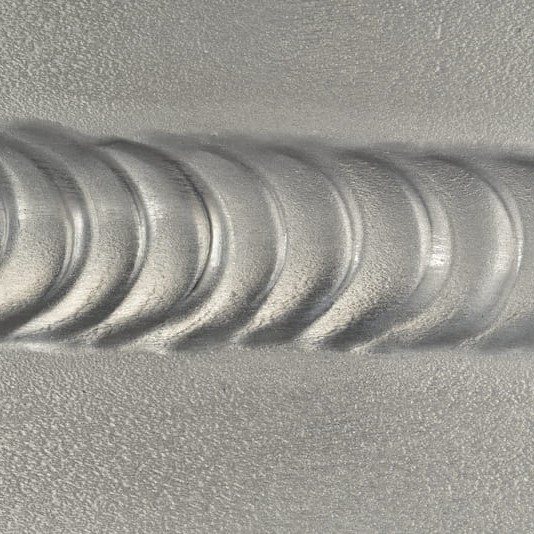
Welding, unlike riveting, is a fusion process in which the primary materials are melted and typically mixed with a filler material to form a joint. When done correctly, the resulting bond often boasts strength comparable, if not superior, to the material it binds. With its origins believed to date back to ancient civilizations, welding has been the adhesive backbone for everything from medieval weapons to modern skyscrapers.
Welding is the technique of joining metals (or thermoplastics) by melting their edges and introducing a filler material, which, upon cooling, forms a robust bond between the base materials. The process involves using a power source to produce sufficient heat.
Table 2: Common Types of Welding and Their Features
| Type of Welding | Description | Typical Use |
|---|---|---|
| Arc Welding | It uses an electric arc to melt the base materials and filler. | Construction, manufacturing, repairs. |
| TIG Welding | It uses tungsten to produce an arc and gas to protect the weld area. | Precision tasks, automotive repair. |
| MIG Welding | It uses a continuously fed wire electrode and shielding gas. | DIY projects, automotive repair. |
| Gas Welding | Utilizes gas flames (like oxy-acetylene) to melt and join metals. | Pipe welding, automotive exhaust systems. |
Welding offers strong bonds that can be as strong as or stronger than the base materials, versatility in terms of materials it can join, the ability to produce seamless connections, and can prove economical in the long run for large-scale projects due to the durability and longevity of the joints.
Welding has its challenges, including the need for skill and training, heat distortion that can warp materials, and health and safety concerns due to the production of fumes and radiation. Welding demands a significant amount of expertise, and a poorly executed weld can compromise a project’s structural integrity. The heat generated during welding can also warp thinner materials, and proper precautions must be taken to avoid hazardous fumes and radiation.
Furthermore, safety is paramount in welding due to the inherent risks. Here are some essential safety measures:
- Wear Proper PPE: This includes welding helmets, gloves, and fire-resistant clothing.
- Ensure Proper Ventilation: This helps disperse harmful fumes produced during welding.
- Avoid Welding in Damp Conditions: Electrocution risks are heightened in wet environments.
- Use Fire-safe Practices: Always have a fire extinguisher handy, and ensure the welding area is free from flammable materials.
Key Differences at a Glance
While both riveting and welding are quintessential processes in metal joining, understanding the key distinctions can guide decision-makers in selecting the most appropriate method for their specific projects. Let’s navigate through these differences to gain a holistic perspective.
1. Core Mechanism
Riveting is essentially a mechanical joining method. The pieces to be joined have holes punched or drilled through them. Rivets are then placed in these holes and deformed (typically at the tail end), creating a bond that holds the materials together.
Welding is a fusion process, which means the materials to be joined are heated until they reach a molten state. A filler material may be introduced, forming a solid bond between the base materials upon cooling.
2. Application Suitability
Riveting has historically been favored for large-scale constructions like ships, bridges, and aircraft structures due to its ability to allow movement and flexibility between joined parts.
Welding is found everywhere, from automotive assembly lines to intricate jewelry designs. Its broad applicability owes to its ability to create solid and seamless joints.
3. Flexibility and Movement
Riveted joints allow for a certain degree of movement. This can be especially useful in structures where slight flexing is beneficial, like in specific aircraft designs.
Welded joints are typically more rigid and do not allow for the same degree of movement. This makes them suitable for applications where rigidity is paramount.
4. Longevity and Durability
Over time, rivets can potentially loosen, especially if they’re exposed to constant vibration or dynamic loads. However, they’re still quite durable and can last decades with proper installation and appropriate conditions.
A high-quality weld can outlast the very materials it binds. With no physical parts like rivets, there’s less that can “wear out.” However, poorly executed welds can be points of failure.
5. Repair and Maintenance
Riveted joints can be relatively more straightforward to inspect. If a rivet fails, it can often be drilled out and replaced without disturbing the surrounding rivets.
Inspecting welds may require special techniques like ultrasonic testing. Repairing a bad weld can be more involved, and you may need to grind down the old weld and re-weld it.
Table 3: Key Differences Based on Various Parameters
| Parameter | Riveting | Welding |
|---|---|---|
| Heat Requirement | No heat is needed, preserving the base materials’ original properties. | Heat is essential, which can lead to material distortions or property changes. |
| Skill Level | Requires moderate training, especially for uniform placement and deformation. | It requires in-depth training and skill to ensure joint strength and integrity. |
| Equipment Cost | Generally lower, with essential manual tools available for smaller applications. | It can be higher due to the need for specialized welding machines and accessories. |
| Strength of Joint | Strong, but may not match the strength of a well-made weld in specific scenarios. | Welded joints, when executed correctly, can be as strong as the base material. |
| Aesthetic Finish | Riveted joints are visible and can add a specific industrial aesthetic. | Welding can offer seamless joints, especially with methods like TIG welding. |
Precision: Riveting VS Welding
Precision is of utmost importance in any metal joining process, affecting both the integrity and functionality of the joint. The choice between riveting and welding can significantly affect the precision and tolerances achievable in a project. Here, we’ll explore the differences in precision between these two methods and provide a detailed tolerance chart to offer a comparative analysis.
1. The Nature of Precision in Riveting
Riveting, being a mechanical joining process, relies heavily on the accuracy of hole placements and the quality of the rivet itself. Precision in riveting is often influenced by:
- Hole Accuracy: The placement and size of the hole should match the rivet size to ensure a secure fit.
- Consistency: As rivets are pre-manufactured components, they provide consistent size and shape.
- Limitation: Riveting might not be as forgiving as welding. Mistakes in hole placement can lead to misalignments or weak joints.
2. The Nature of Precision in Welding
Welding, being a fusion process, offers a different kind of precision:
- Flexibility: Welding can accommodate minor misalignments, filling gaps or imperfections with filler material.
- Skill Dependency**:** The precision in welding often heavily depends on the welder’s skill, especially in manual welding methods.
- Equipment Quality: Advanced welding techniques with automated equipment can offer high precision and consistency.
Table 4: Tolerance Chart for Riveting vs. Welding
| SN | Factor | Riveting Tolerance | Welding Tolerance | Remarks |
|---|---|---|---|---|
| 1 | Hole Diameter | ±0.05 mm | N/A | Hole precision is vital in riveting. |
| 2 | Joint Alignment | ±0.1 mm | ±0.3 mm | Welding allows for more forgiving alignments. |
| 3 | Surface Finish | Smooth/Prepared | Smooth/Cleaned | Both methods need suitable surface prep for optimal results. |
| 4 | Gap Filling | Limited | Possible with filler | Welding can address gaps using filler material. |
| 5 | Edge Straightness | ±0.1 mm | ±0.5 mm | Welding offers more flexibility on edge alignment. |
| 6 | Joint Thickness | Predetermined by Rivet | Variable | Welds can be adjusted based on the required joint thickness. |
| 7 | Surface Flatness | ±0.1 mm | ±0.3 mm | Welding may result in slightly uneven surfaces due to heat. |
| 8 | Depth (for blind rivets) | ±0.05 mm | N/A | Specific to riveting, depth should be consistent. |
| 9 | Overlap Length | Fixed | Variable | Welding allows adjustments based on design needs. |
| 10 | Temperature Tolerance | Ambient | High (Varies by method) | Welding requires controlled temperatures for optimal fusion. |
Try Prolean Now!
What Are the Factors to Consider When Choosing a Method?
The riveting versus welding debate isn’t merely academic. The choice between these two techniques can significantly influence the outcome, longevity, and safety of a project. To make the most informed decision, several factors should be assessed. Let’s delve into these considerations.
1. Material Type and Properties
The properties of the materials you intend to join play a pivotal role in determining the best joining method. Not all metals are equally weldable. For instance, while steel and aluminum are commonly welded, some alloys might be better suited for riveting.
Thin materials can warp or burn through during welding, making riveting a more viable option. Conversely, welding is often favored for thicker materials due to the strength of the bond it can achieve.
2. Strength Requirements
Riveting is suitable for applications where the joints don’t need to bear heavy loads, although many riveted structures historically have supported significant weight. On the other hand, welding is ****deal for scenarios requiring high-strength joints, provided the weld is executed correctly.
3. Aesthetic Considerations
Riveted joints are visible and can give a rugged, industrial look which might be desired in some designs. While welding’s like TIG welding, can produce almost invisible joints for a cleaner finish.
Table 4: Factors and Their Implications on Choice
| Factor | Riveting Implications | Welding Implications |
|---|---|---|
| Material Properties | Suitable for a wider range of materials, including those hard to weld. | Best for weldable metals; can be challenging for some alloys or plastics. |
| Strength Needs | Typically, moderate strength; may not match a high-quality weld. | Can achieve joint strength comparable to the base material with a proper weld. |
| Aesthetics | Provides an industrial appearance with visible joints. | Capable of creating smooth, almost invisible joints. |
| Cost | Often lower initial costs; may require more maintenance. | Higher initial costs, but might be economical in the long run for some projects. |
| Accessibility | Advantageous for areas hard to access from both sides. | Requires access to both sides for some methods, but not all. |
4. Accessibility and Position
The position and accessibility of the joint are crucial. Especially with blind rivets, riveting can be executed when only one side of the material is accessible. While some welding methods may require access to both sides, while others, like MIG welding, can be more versatile.
5. Cost Implications
While it’s essential to consider the initial costs of equipment and materials. Riveting often has a lower startup cost and can be economical for smaller projects or one-off tasks. Welding might have a higher initial cost, especially for advanced welding setups, but can prove more cost-effective in the long run, particularly for large-scale projects due to the durability of welds.
6. Future Repairs and Maintenance
Riveting Offers ease of replacement. In the event of failure, individual rivets can often be replaced without significant disruptions. On the other hand, repair can be more complex. Faulty welds might need grinding down and re-welding, and the quality of the original weld can impact future maintenance.
Prolean’s Metal Joining Services: Expectation into Reality
Regarding professional and state-of-the-art metal joining solutions, Prolean stands as an industry leader, offering both traditional and cutting-edge methods tailored to clients’ unique needs.
Prolean offers a comprehensive range of metal joining services, including welding and riveting. Our highly-trained professionals provide consultations to help clients choose the best project method. We invest in modern equipment to ensure precision and efficiency and adopt sustainable strategies to reduce energy consumption and waste production.
Contact us today for more information or get sheet metal fabrication quotes.
Conclusion
The world of metal joining is vast and nuanced. Whether one opts for riveting or welding depends on the project’s specifics. Factors ranging from material type to environmental implications play a part in this crucial decision. Prolean, with its extensive array of services and commitment to quality, stands ready to guide and assist in this journey, ensuring robust, durable, and efficient outcomes.
FAQs
Which is more robust, welding or riveting?
Strength can vary based on execution, but a high-quality weld can generally achieve joint strength comparable to the base material. Riveting might offer moderate strength in comparison.
How does Prolean ensure the sustainability of its methods?
Prolean adopts eco-friendly practices, utilizes recyclable materials, and emphasizes minimizing resource wastage.
Is welding suitable for all types of metals?
Not all metals are equally weldable. While common metals like steel and aluminum are often welded, some alloys might present challenges. Consultation before starting a project can help determine the best method.
Are there any innovative metal joining techniques on the horizon?
The field of metal joining continually evolves. Innovations like laser welding, friction stir welding, and self-piercing rivets are exciting advancements reshaping the industry.
Can Prolean handle both small and large-scale projects?
Absolutely! Prolean’s comprehensive range of services and scalable solutions cater to individual tasks and massive industrial projects.

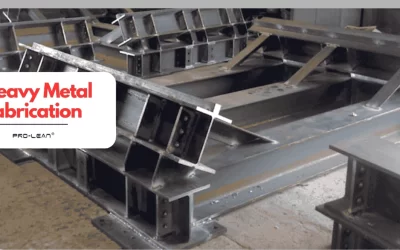
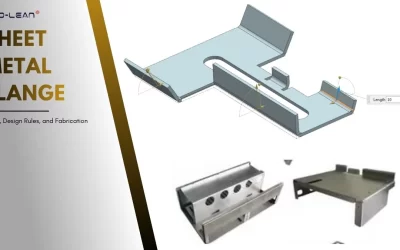
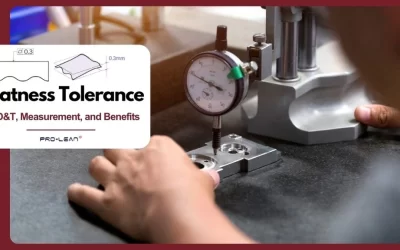
0 Comments